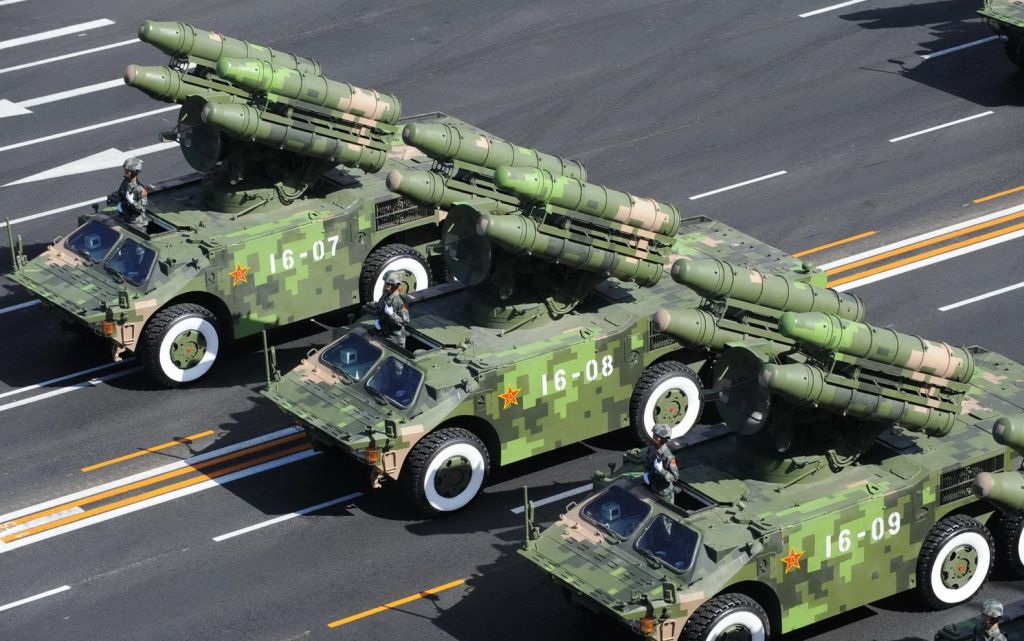China has developed a new type of ultrafast anti-missile interceptor capable of knocking down an incoming projectile that is flying 10 times faster than a bullet, according to the nation’s largest missile maker.
China Aerospace Science and Industry Corp, one of the major defense contractors for the People’s Liberation Army, recently revealed that its Second Academy in Beijing has made a “new-generation aerospace defense missile” that incorporates top space technologies, and which it describes as one of the cornerstones of a world power’s strategic prowess.
The weapon is so difficult to design that only a handful of nations in the world are able to develop it, the State-owned company said, adding that its product is capable of bringing down targets tens of kilometers above the ground that fly 10 times faster than a bullet.
The CASIC Second Academy is the country’s major developer of air defense systems.
The information of such a missile defense system, a cutting-edge weapon that only the United States and Russia were previously reported to have, was disclosed in an article released by CASIC earlier this month.
The article was about the contribution by control system researchers from the Zhang Yiqun Studio, a group named after a prominent scientist, at the academy.
Although the introduction did not specify the anti-missile interceptor’s capabilities, experts said the descriptions “tens of kilometers” and “10 times faster than a bullet” indicate its range should be from 10 km to 100 km and its minimum velocity around 12,000 km/h — a typical bullet used by a handgun, the slowest of all bullets, normally travels about 1,200 km/h.
The average age of the weapon’s designers is 32, according to the article. They overcame numerous problems during research and development, including an explosion of one of the weapon’s prototypes during a flight test, it said.
Lyu Xiaoge, spokesman for CASIC, declined to comment on the anti-missile interceptor on Friday, saying his company has developed many world-class missiles in recent years and will continue to contribute to the nation’s missile arsenal.
Wang Ya’nan, editor-in-chief of Aerospace Knowledge, said an advanced anti-missile interceptor requires cutting-edge technologies, superb manufacturing techniques and top materials and will only be successful after a great number of tests.
China successfully completed three land-based, midcourse missile interception tests in 2010, 2013 and 2014, according to the Defense Ministry. Whether the weapon mentioned by the CASIC Second Academy was the same used in these tests was not clear.










